Cats may be synonymous with coziness and companionship, but not all felines are created equal. Some wild cats bear a striking resemblance to your average tabby or Persian, yet their sleek fur and captivating eyes hide raw, untamed power. These cats might look like house pets, but their instincts and strength place them in a completely different league. Here are 15 wild cats that appear deceptively domestic but are anything but safe.
1. Serval: The Graceful Stalker
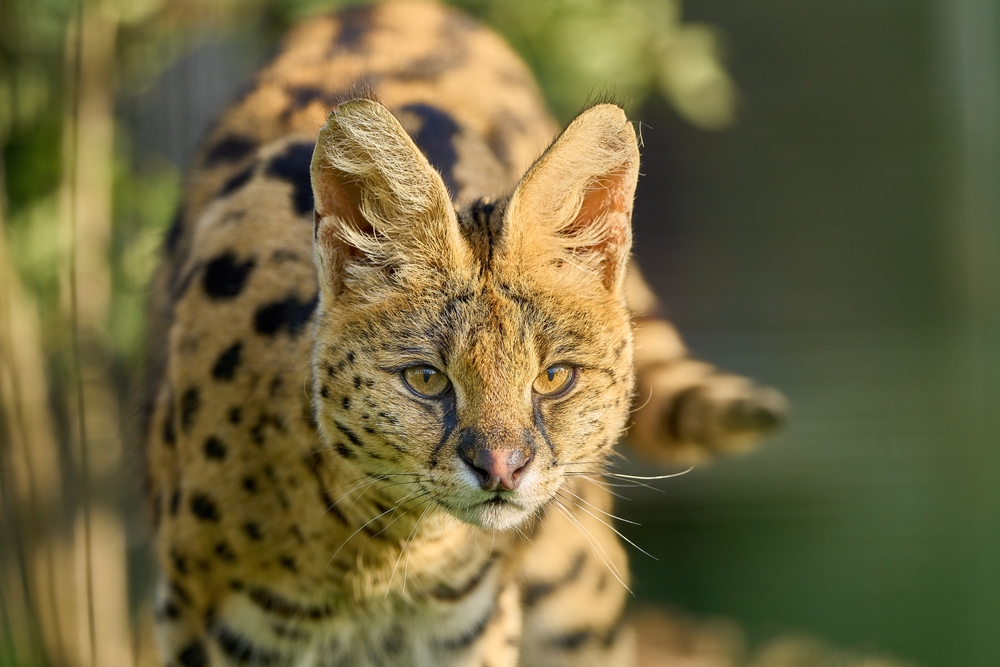
With its long legs, spotted coat, and big ears, the serval could be mistaken for an oversized domestic cat with a designer wardrobe. Found in the grasslands of Africa, this wild feline is a skilled hunter, capable of leaping several feet into the air to catch birds mid-flight. While servals are sometimes kept as exotic pets, their wild instincts make them unpredictable, especially when startled or threatened.
2. Caracal: The Stealthy Beauty
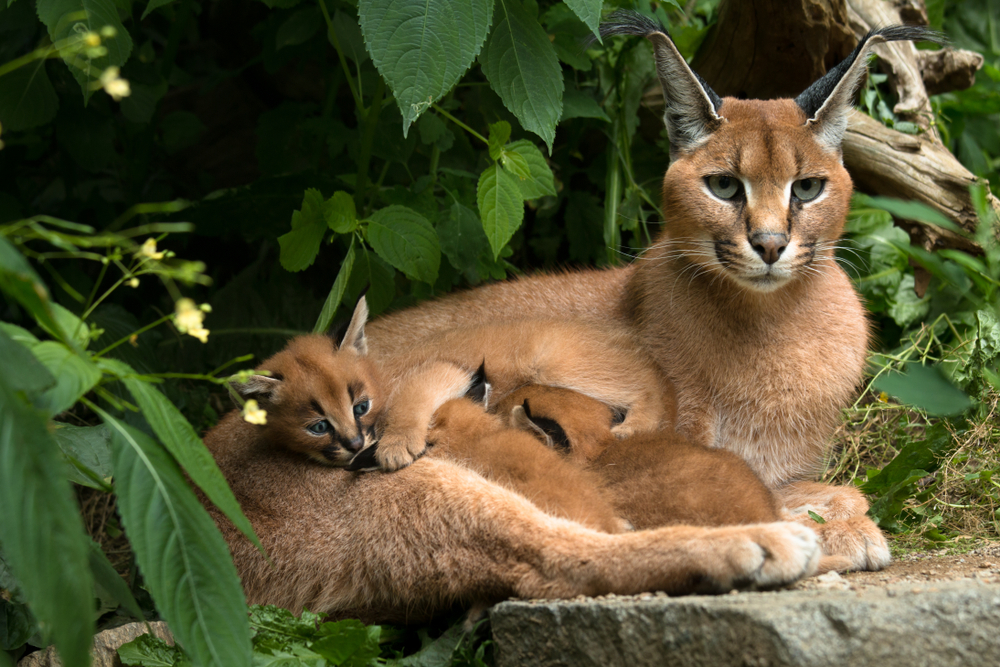
Caracals, with their sleek coats and signature tufted ears, look like they could be part of a trendy Instagram account. Native to Africa, the Middle East, and parts of Asia, these medium-sized cats are incredibly agile and can take down prey much larger than themselves. While they’ve been domesticated in some cultures, caracals remain wild at heart, with their powerful claws and territorial instincts making them a risky companion.
3. Bobcat: The Short-Tailed Hunter
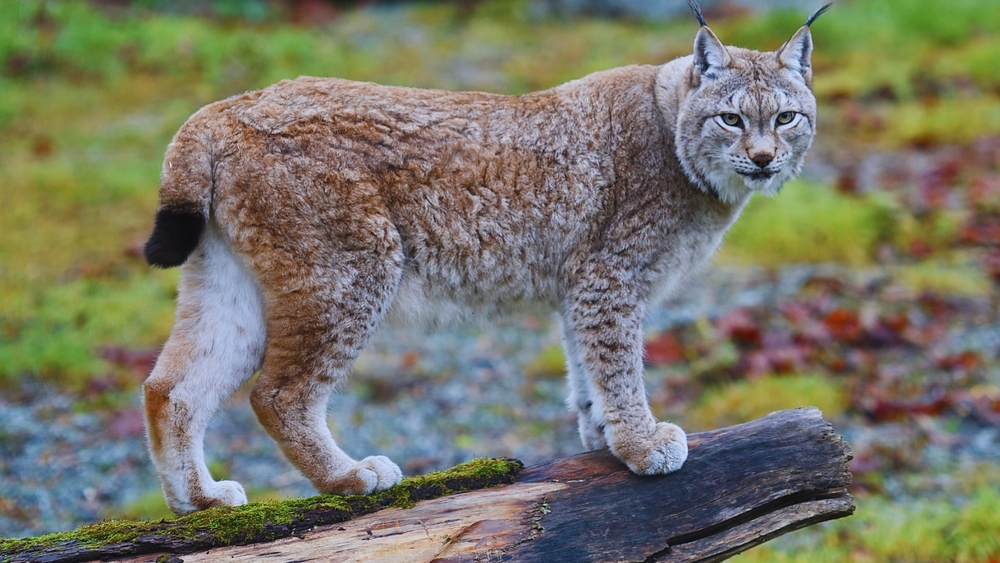
Bobcats are often mistaken for large tabby cats, thanks to their spotted coats and tufted ears. Found throughout North America, these wild cats are stealthy hunters capable of taking down prey as large as deer. Their small size and fluffy appearance might seem harmless, but bobcats are fiercely territorial and have sharp claws and teeth that can inflict serious harm if provoked.
4. Lynx: The Silent Predator
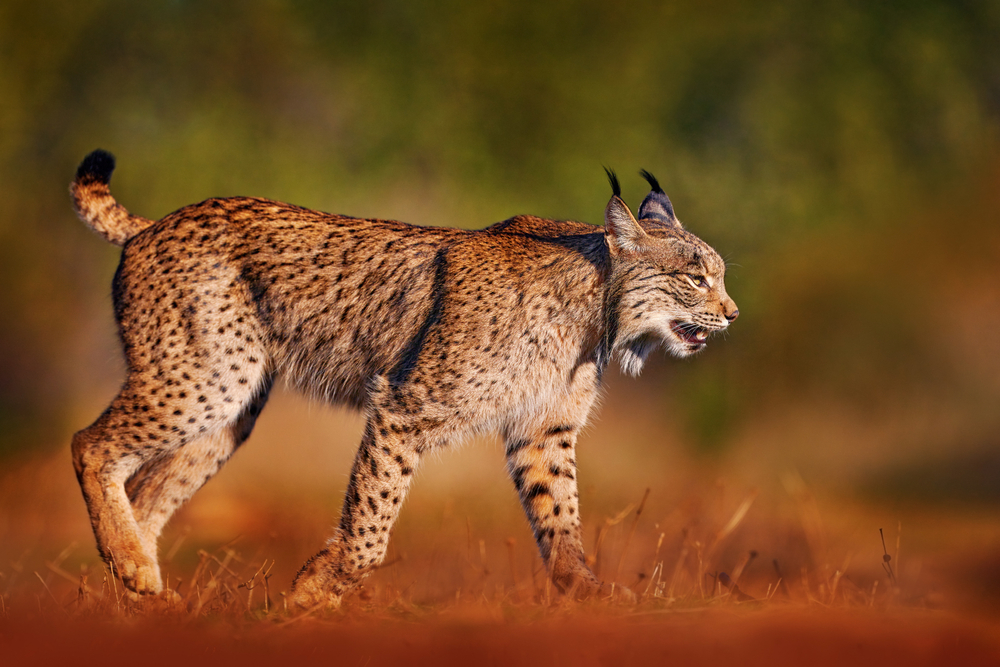
With its thick fur, tufted ears, and piercing eyes, the lynx could easily be mistaken for a glamorous house cat. Found in North America, Europe, and Asia, this medium-sized feline is a solitary predator that thrives in snowy environments. While their fluffy appearance might make them look cuddly, lynxes are powerful hunters that can take down prey much larger than themselves, making them anything but domesticated.
5. Margay: The Tree-Dwelling Acrobat
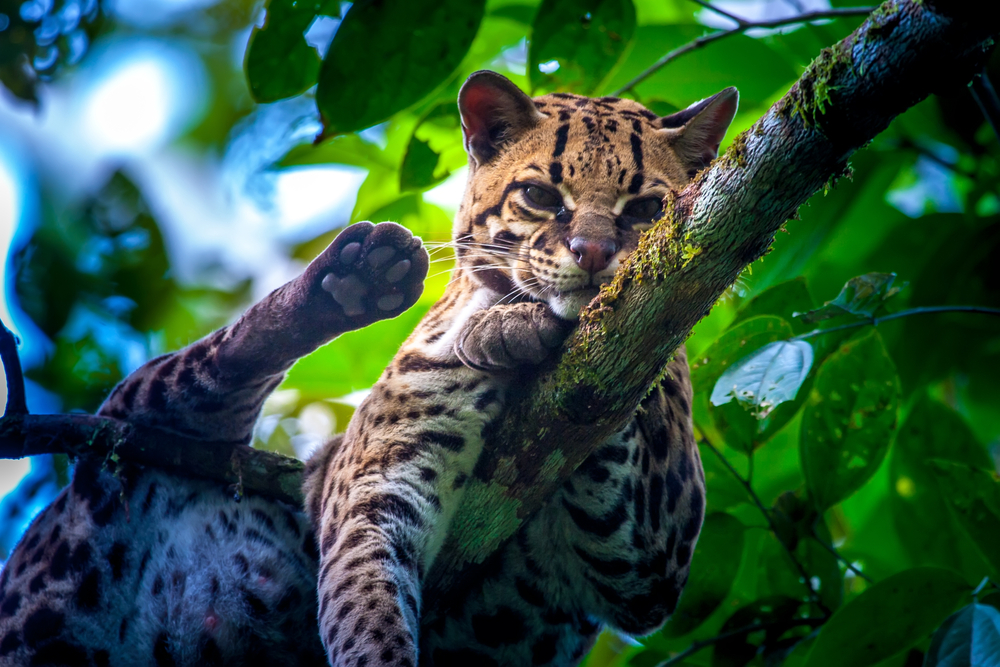
The margay, native to Central and South America, looks like a miniature leopard with its spotted coat and slender frame. These nocturnal cats are tree-climbing specialists, using their agility to hunt birds and small mammals. Their small size and striking resemblance to domestic cats have led some to try and keep them as pets, but margays are wild and unpredictable, with sharp claws and a need for vast, natural territories.
6. Ocelot: The Spotted Enigma
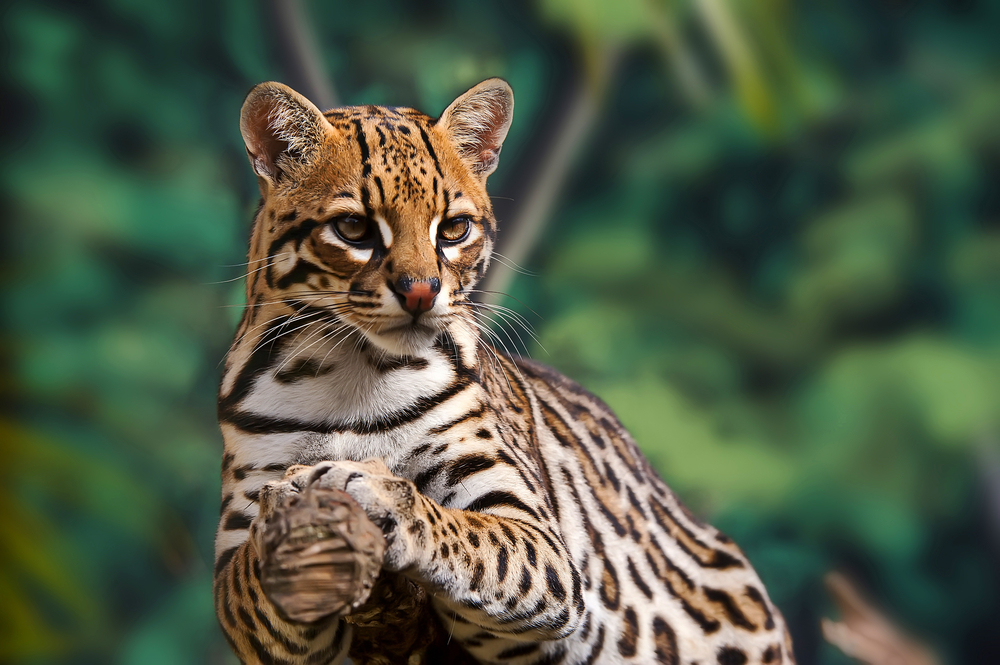
With its beautiful golden coat covered in intricate black spots, the ocelot looks like it belongs in an art gallery rather than the wild. Found in South and Central America, this medium-sized cat is a solitary hunter with a taste for small mammals and reptiles. While ocelots were once popular in the exotic pet trade, their wild nature and sharp predatory instincts make them unsuitable for domestication.
7. African Wildcat: The Original Tabby
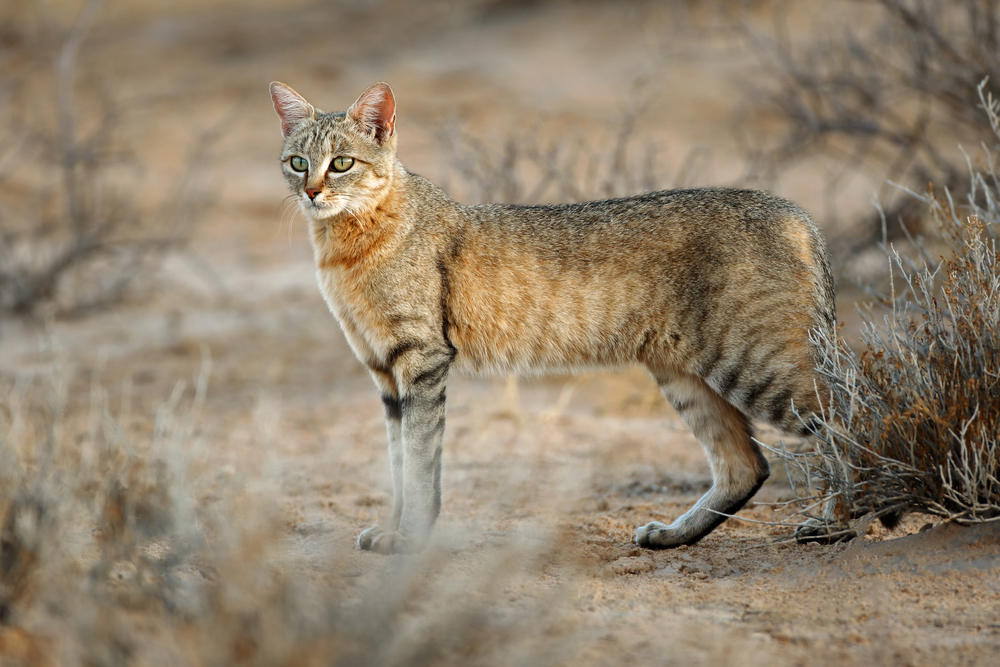
The African wildcat is considered the ancestor of today’s domestic cats, and its resemblance to a standard tabby is uncanny. Found across Africa and parts of the Middle East, this wild feline is far from docile. Known for its territorial nature and sharp hunting skills, the African wildcat thrives in the wild, where its survival instincts and fierce independence are key to its success.
8. Fishing Cat: The Aquatic Hunter
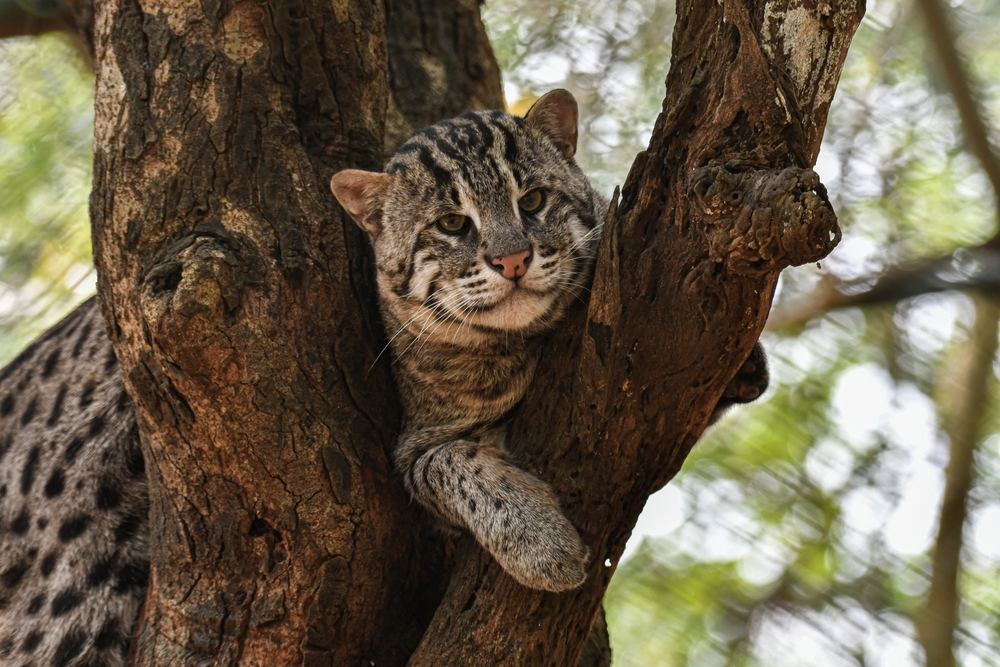
Fishing cats, native to South and Southeast Asia, look like slightly oversized domestic cats with a love for water. Unlike house cats, these wild felines are excellent swimmers, using their webbed paws to hunt fish and other aquatic creatures. Their muscular build and sharp claws make them formidable predators, and their need for space and solitude means they don’t adapt well to life in captivity.
9. Pallas’s Cat: The Fluffy Illusion
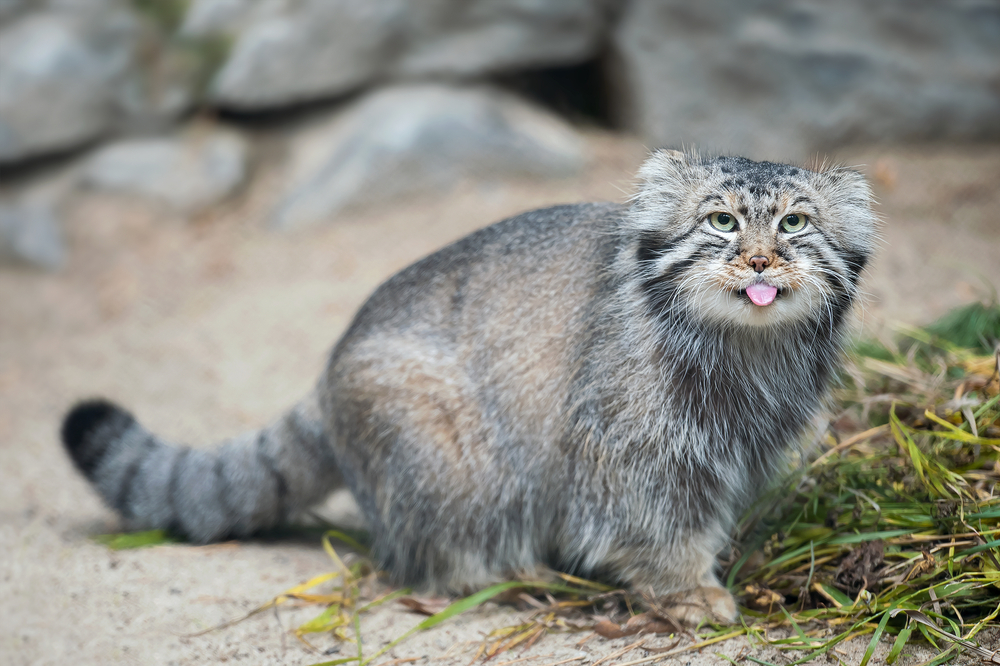
With its round face and dense fur, Pallas’s cat could be mistaken for a particularly grumpy Persian. Native to Central Asia, this small wild cat is adapted to cold climates and is a skilled hunter of rodents and small birds. Despite its cuddly appearance, Pallas’s cat is highly territorial and elusive, with a wild temperament that doesn’t mesh with human interaction.
10. Jungle Cat: The Covert Survivor
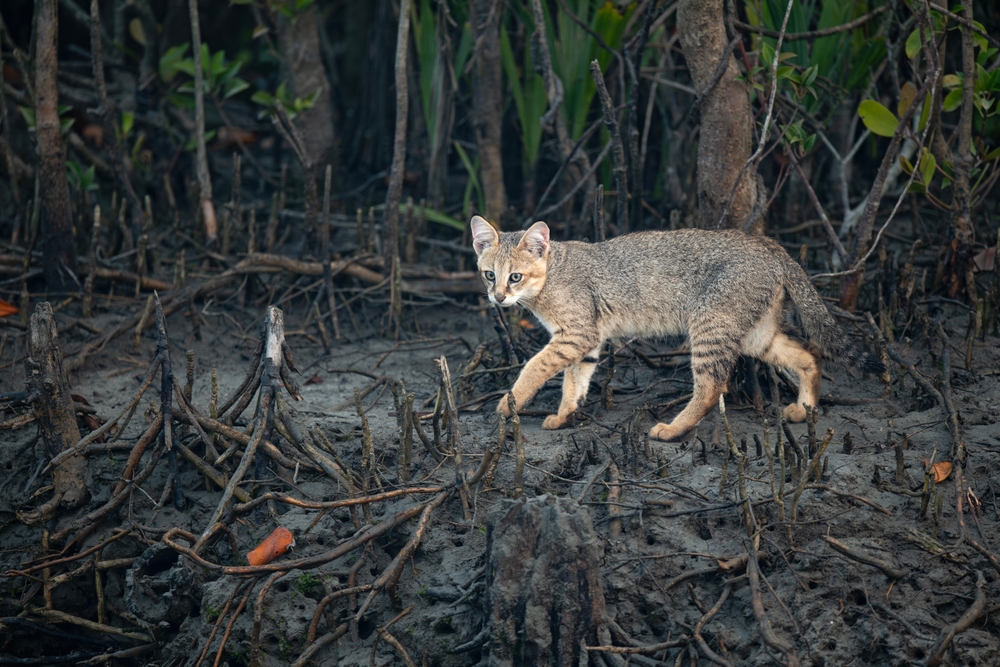
Jungle cats, found across Asia and North Africa, look like large domestic cats with a tawny coat and piercing green eyes. Despite their unassuming appearance, these felines are adept hunters that thrive in wetlands and grasslands. Known for their elusive nature, jungle cats are not suitable for domestication, as their wild instincts make them wary and unpredictable around humans.
11. Leopard Cat: The Spotted Mimic
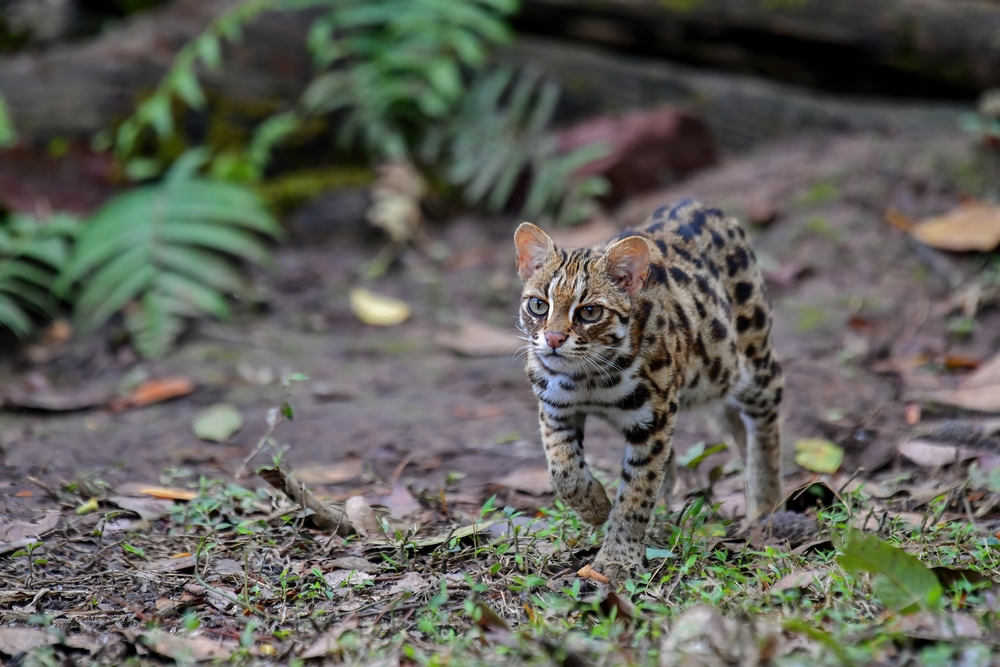
The leopard cat, native to Asia, is the wild relative of the Bengal domestic cat. Its small size and spotted coat give it a domestic appearance, but this feline is a fierce predator with a wild streak. Leopard cats are nocturnal and highly territorial, making them unsuitable for life as pets despite their striking resemblance to their domesticated cousins.
12. Cheetah: The Speed Demon
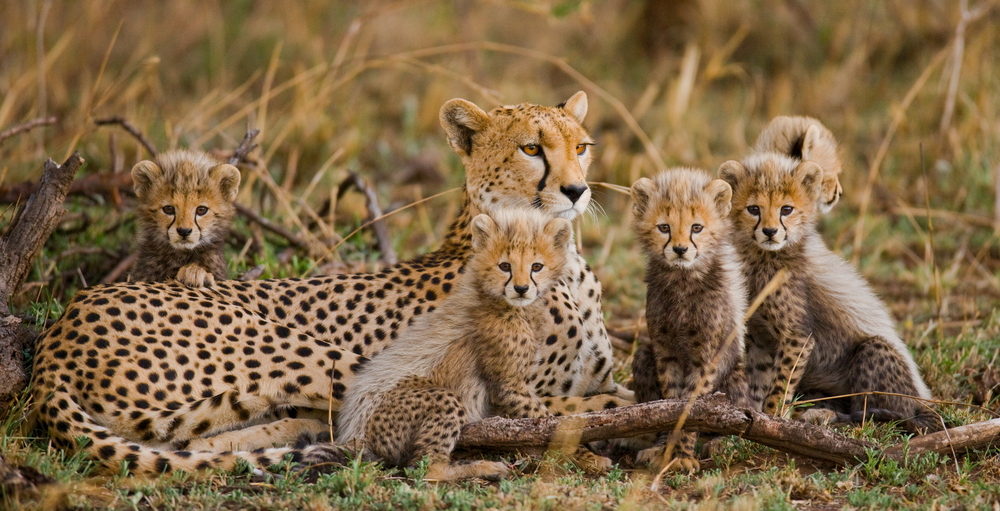
Although much larger than a house cat, the cheetah’s slender build and expressive eyes give it an almost approachable appearance. Found in Africa and parts of the Middle East, cheetahs are the fastest land animals, capable of reaching speeds up to 70 mph. Despite their sleek and graceful appearance, their size and strength make them formidable predators, not pets.
13. Sand Cat: The Desert Survivor
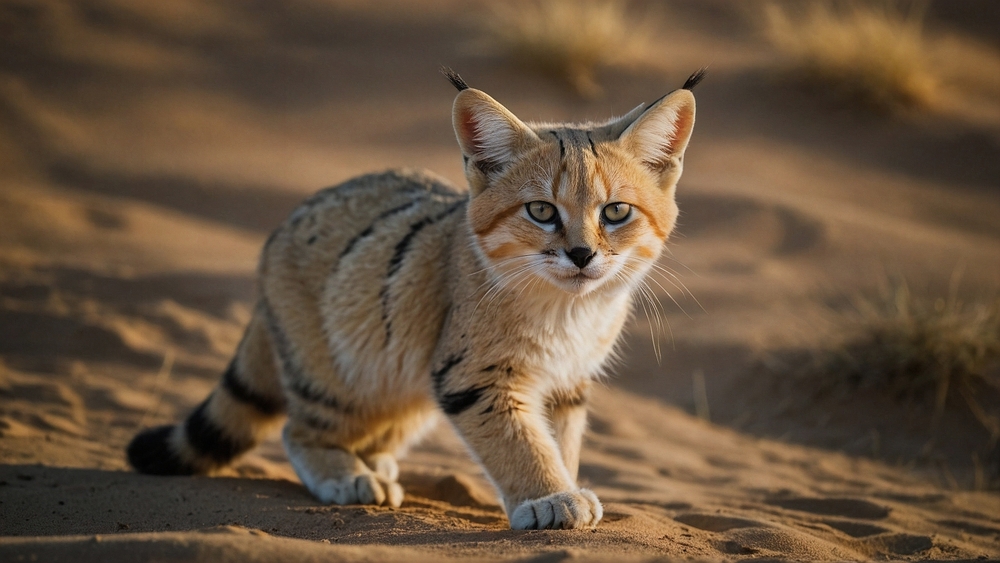
The sand cat’s petite size and soft, sandy-colored fur make it look like a lost kitten in the wild. Found in desert regions of Africa and Asia, this small wild cat is a nocturnal hunter adapted to extreme conditions. Despite its adorable appearance, the sand cat is fiercely independent and highly territorial, making it unsuitable for domestication.
14. Geoffroy’s Cat: The Compact Predator
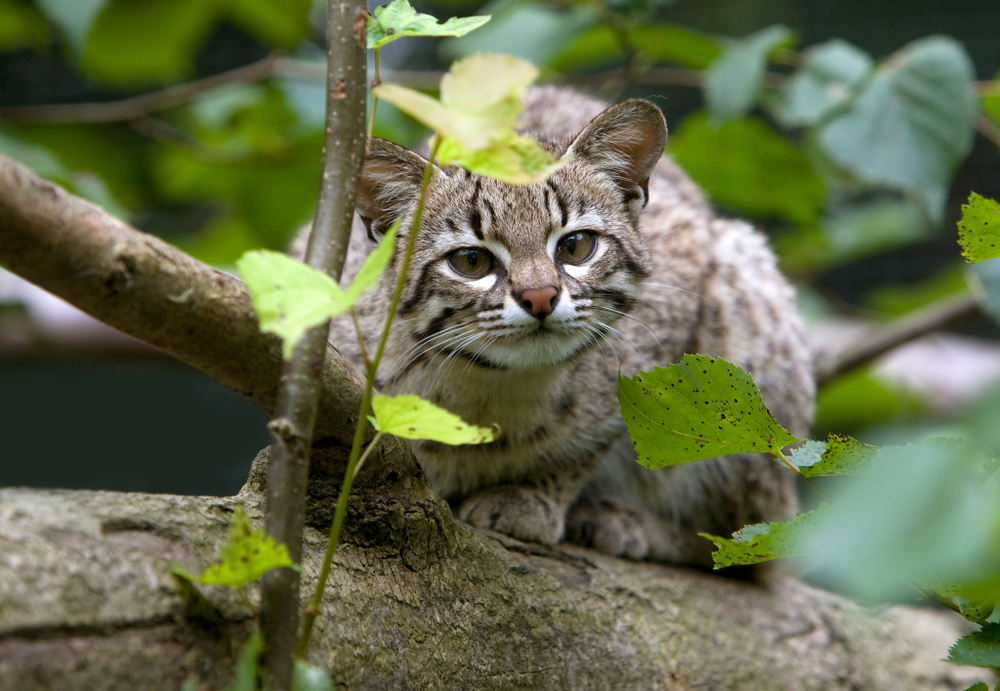
Geoffroy’s cat, native to South America, is one of the smallest wild cats, often weighing less than 10 pounds. Its size and markings give it a domestic appearance, but it’s a skilled climber and hunter that thrives in dense forests. These cats are highly territorial and have a wild streak that makes them unsuitable for keeping as pets, despite their deceptively cute looks.
15. Clouded Leopard: The Mysterious Climber
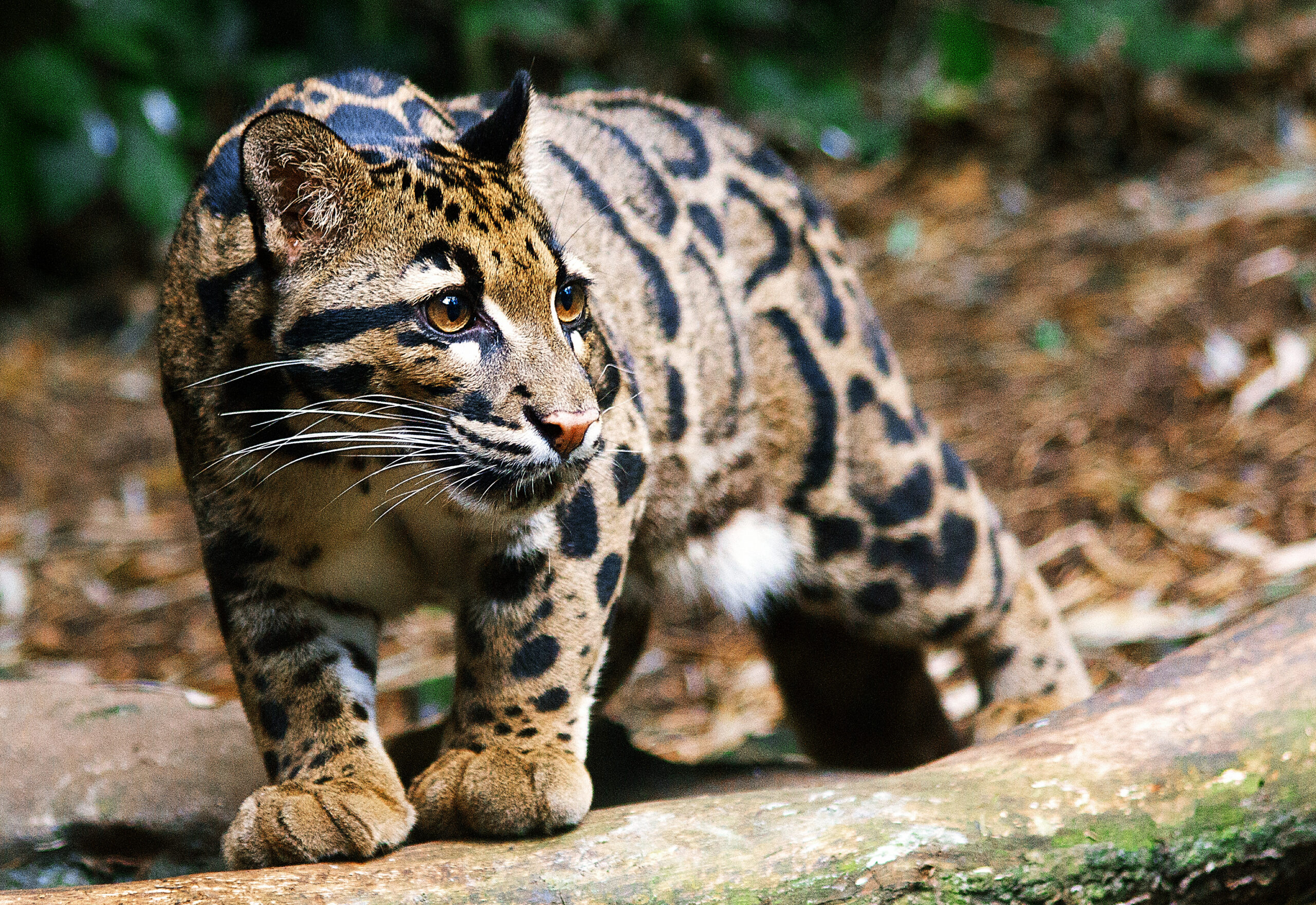
The clouded leopard, native to Southeast Asia, combines the appearance of a small domestic cat with the stealth of a jungle predator. Its striking coat features large cloud-like spots, and it’s an expert climber with powerful jaws. Despite its moderate size, the clouded leopard is a top-tier predator in its habitat. Its wild instincts and strength make it a dangerous animal that should be admired from afar.
